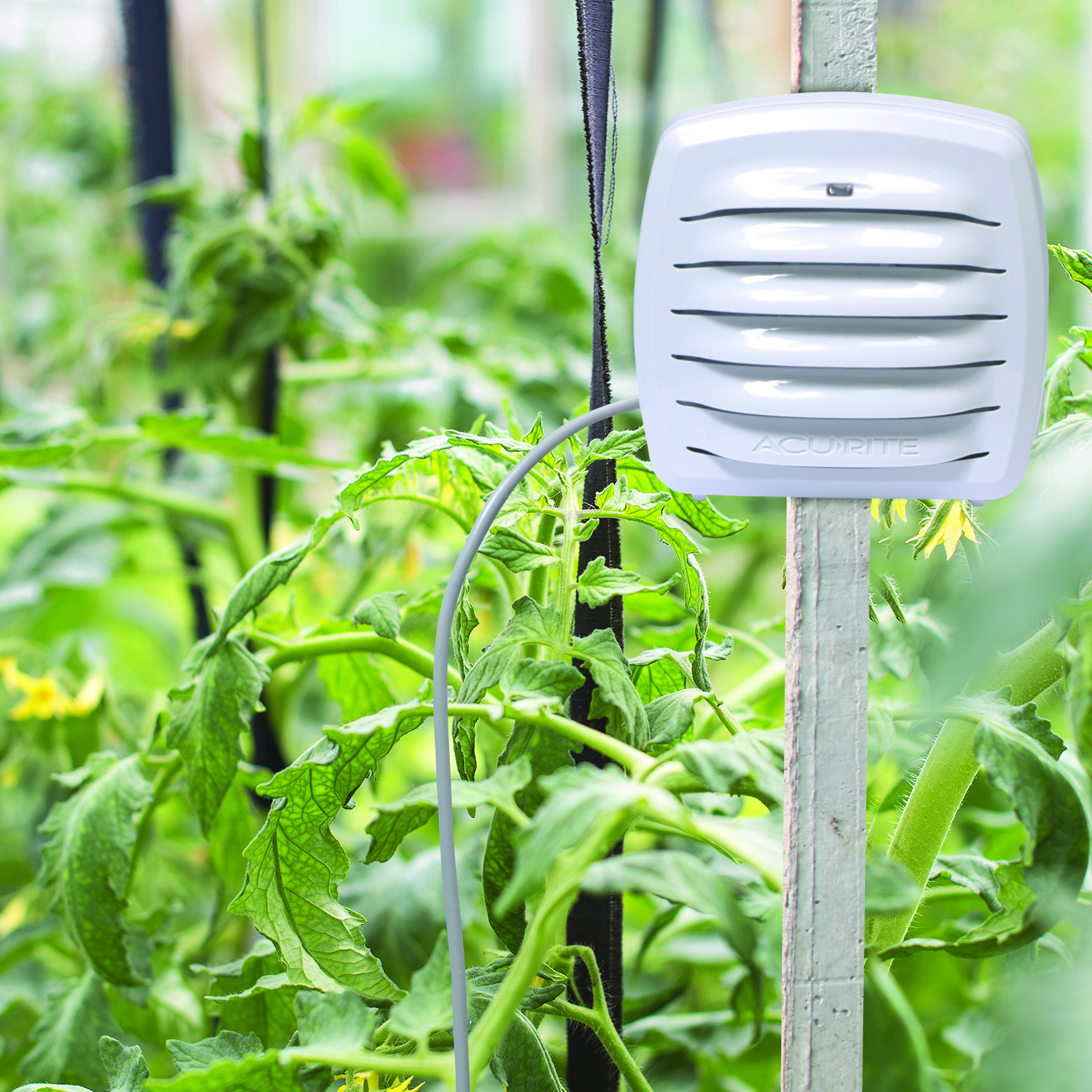Monitor Environmental Conditions for Flowers and Gardening
Whether we grow them for food, to beautify our surroundings, or as a natural air purifier in our homes, we want our plants to grow big and have a healthy garden. The key to achieving successful gardens, flower beds, container plants, house plants, or potted plants is not as simple as just add water. There are a lot of parameters to pay attention to and a wide array of conditions to control. In addition, many gardeners also maintain a home composting bin or compost pile. It’s a great way to reduce waste, while creating natural, beneficial soil for their plants.
Regardless of your individual plant-growing pursuits, your best bet is to educate yourself on the specific needs of your plants and take advantage of today's sophisticated tools that let you accurately monitor and maintain proper conditions.
Problem
Improper soil temperature can be detrimental to the successful planting of a garden or flower bed. And just because the garden soil temperature has warmed up enough to plant seeds, don’t assume your garden is safe. A late or early frost can spell disaster for vulnerable plants.
Solution
Since optimum conditions can vary dramatically from species to species, be certain to do your research as to the proper garden soil temperatures and when to plant. Once the garden is planted, don’t assume your seedlings are safe. Pay close attention to weather conditions and forecasts, and be prepared to cover up vulnerable plants in the event of a late frost, or to possibly harvest your garden if an early fall frost is imminent.

AcuRite Solutions & Tips
- Monitor Soil and Air Temperature: Use an AcuRite Monitor with Soil Temperature Sensor to track conditions and know when to plant. Insert the Soil Temperature Sensor into dirt - many recommend between 5-6 inches (12-15 centimeters) deep, depending on the plant species. Place the Monitor nearby to measure the ambient air conditions and ensure a safe temperature and humidity.
- Use a Home Environment Display for convenient viewing of conditions measured by Monitors and Sensors in multiple areas inside and outside of the home.
- Watch the weather forecastshown on the display and generated from a sensor in your back yard.
- Set alarms to alert you of dangerous conditions. These can include:
- Soil temperature sufficiently high for planting
- Potential frost conditions






